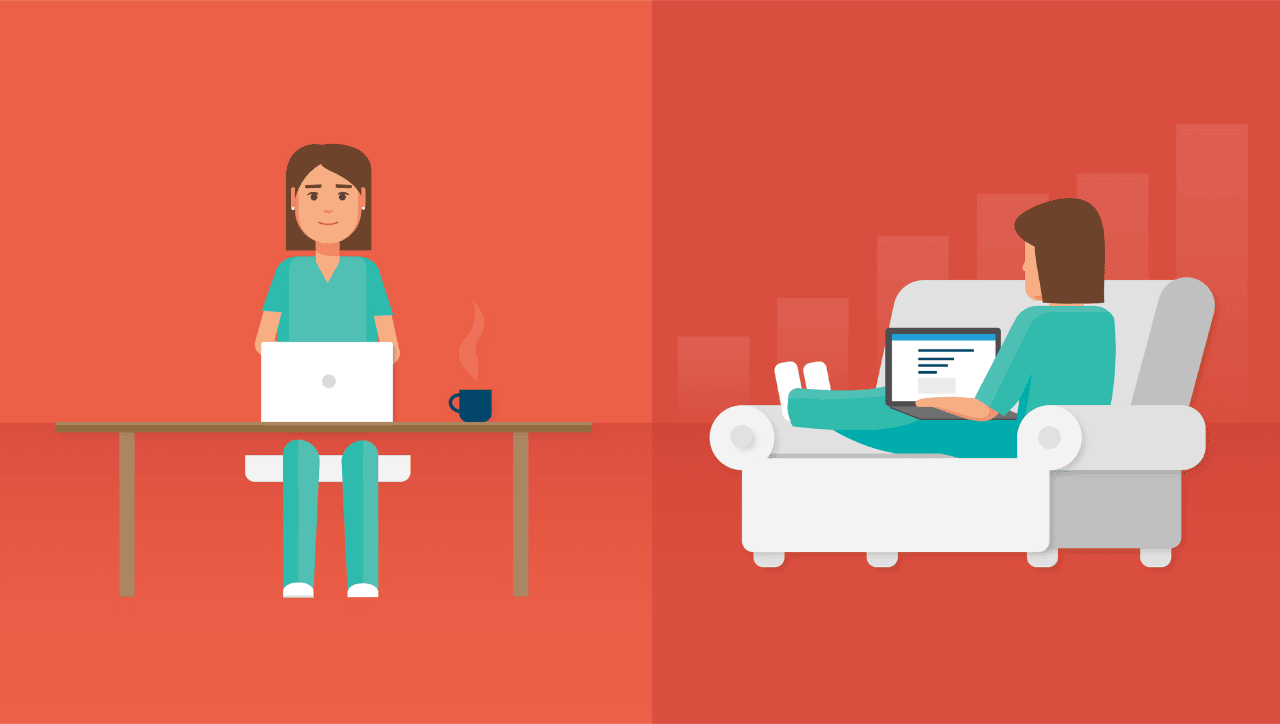Top 8 Things to Know When Studying for Step 1
Taking the USMLE Step 1 is a daunting task, requiring a tremendous amount of dedication, brainpower, and perseverance; the last thing you want to worry about while you’re studying are logistical issues. Here we’ve outlined eight topics that can help you to navigate the exam for before and while you’re studying for Step 1.
Note: For students who have already scheduled their exam or are planning to do so in the near future, be sure to stay up to date on any test center closures or exam suspensions related to the COVID-19 pandemic.
1. When to Take Step 1
There is no correct or incorrect time to take the USMLE Step 1, and your selection for a test date should incorporate several variables.
Your medical school may be structured such that dedicated study time is already incorporated into your curriculum. In this case, your best bet will be to take the exam at the end of that study period. If this is not the case, speaking to students from your institution who have already taken the exam will help you to strategize. In addition, it can be helpful and convenient to plan your test day at the same time or close to that of your study partner(s), if applicable, so that you can all work towards the same goal.
Ultimately, you want to plan a study schedule that will allow you to work at a consistent intensity with the intention of peaking on or just before your test date. If you peak too early, it’s very easy to burn out prior to exam day.
2. USMLE Step 1 Registration
After logging in to the NBME’s website and starting the USMLE Step 1 application process, you’ll first need to select an Eligibility Period. This is a three-month period within which you’d like to sit for the USMLE Step 1. You’ll also be required to select the region in which you’d like to take the exam. Next, you’ll be asked to input your medical school, contact, and demographic information, as well as any details for requested test-taking accommodations (i.e., for students with documented disabilities: such accommodations may include wheelchair access, additional break time, and/or additional testing time). Make sure that your biographical information matches that of the form of ID you’ll be bringing with you on test day.
Once your application is approved, you’ll receive an email containing information about your Scheduling Permit. The Scheduling Permit will allow you to register for an exam date within your selected Eligibility Period. All USMLE exams are taken at Prometric testing centers; to schedule your appointment, have your Scheduling Permit ready and log in to the Prometric website. (This link takes you directly to their USMLE page. You can also find this page by selecting “Test Takers” on the top toolbar, clicking “Find My Exam,” entering “USMLE,” and selecting the appropriate result.) Once you select the USMLE Step 1 link, you’ll be on your way to selecting your exam date and testing center.
3. USMLE Step 1 Fees
As of 2020, a USMLE Step 1 application costs $645. There is an additional fee if the exam is taken outside of the United States or Canada, which may range from $160 to $385 based on your region. (In order to see the exact additional fees for taking the exam outside of the US or Canada, you need to register for the exam in your specific region.)
If you need to change your test date 31 days or more prior to your scheduled date, there is no extra fee. However, if you reschedule your exam within fewer than 31 days but more than 5 days prior to your scheduled date, you will be charged $50. If your exam needs to be changed within 5 days of the scheduled date, the associated fee can range from $121 to $537, depending on your testing region.
4. Exam Format
The USMLE Step 1 consists of seven 60-minute blocks, and is administered over the course of an eight-hour testing session. The maximum number of questions per block and for the entirety of the exam are 40 and 280, respectively.
You’ll have a total of 45 minutes for breaks on exam day. This designated break time can be allocated however you’d like: whether that means a short break after each block, one long break in the middle of the exam, or another permutation is up to you. Any time saved during a block can be “banked” for additional breaks above the 45 minutes available at the start of your exam. Note, however, that you cannot take a break in the middle of a block. You can even go straight through without taking breaks, but this is not advised.
Test items consist of a patient-centered vignette followed by the question itself, followed by four or more response options (most commonly five). Other options may be partially correct, but there is only a single best answer. Some of the questions require the interpretation of images such as radiologic studies or physical exam findings like rashes. Others incorporate multimedia–for example, you may be asked to listen to a recording of auscultated heart sounds. The entirety of the exam is taken on a computer.
The USMLE website offers a breakdown of all USMLE Step 1 topics. The content is broken down into Systems (subdivided according to normal and abnormal processes), Physician Tasks/Competencies, and Disciplines. Additional information and examples from different categories can be found in the USMLE Step 1 booklet. It is well worth your time to review the breakdown tables before you start studying, as this can help to guide or focus your efforts based on how much weight is given to each respective topic.
To familiarize yourself with the exam format and question style, check out the free practice materials at the USMLE website. Students may also choose to register for a computer-based testing practice session at a Prometric test center, which costs either $75 or $155 depending on the testing region. The computer-based testing practice is the best way to simulate test day, as it facilitates familiarization with the testing center and exam format. Lastly, take USMLE practice questions that have been written in the same format as the exam.
5. Score Needed to Pass
As of 2020, the minimum score required to pass the USMLE Step 1 is a 194. However, on February 12, 2020, it was announced that the USMLE Step 1 will be changing to a pass/fail format, “no earlier than January 1, 2022.”
6. What to Do After the Exam
Take a breather. You’ve put in the effort, and you’ve accomplished something exceptional. All that’s left to do now is to wait for your score report, which will be emailed to you within three to four weeks after your test date.
7. What to Do If You Do Not Get the Score You Wanted
If you pass the USMLE Step 1 exam, it cannot be retaken. Your USMLE Step 1 score is inarguably important; however, it is only one component of your entire residency application, and it alone does not characterize your competency as a student nor your potential for success as a physician.
The decision to move from a numeric score to a pass/fail format was, in part, made in response to residency programs’ perceived misplaced emphasis on USMLE Step 1 scores. This upcoming transition represents a controversial step towards a more holistic mechanism for residency applicant evaluation.
8. What to Do If You Fail the Exam
If you fail the exam, you are allowed to retake the USMLE Step 1 up to three times within a year. Any subsequent retakes will be spaced out by at least six months. If you’ve attempted the exam six or more times (either failed or incomplete), you will no longer be able to sit for the exam.
Written By: Alex Kossar, MD, General Surgery Resident, NewYork-Presbyterian Hospital/Columbia University Irving Medical Center


